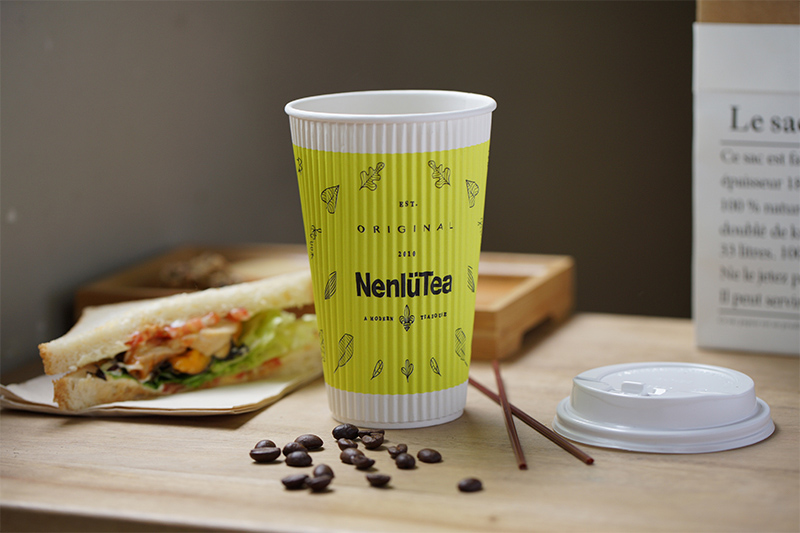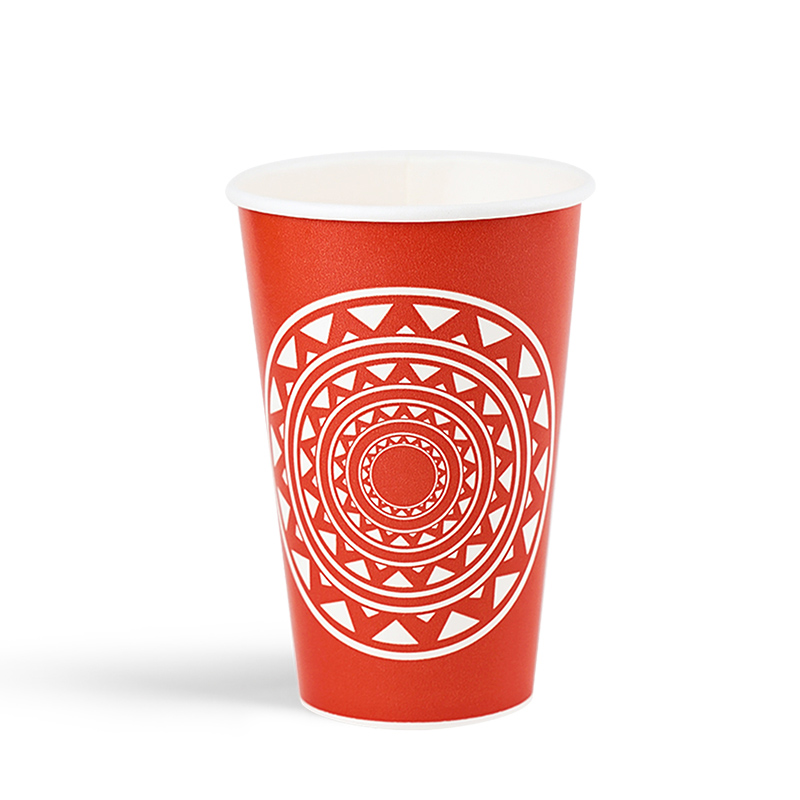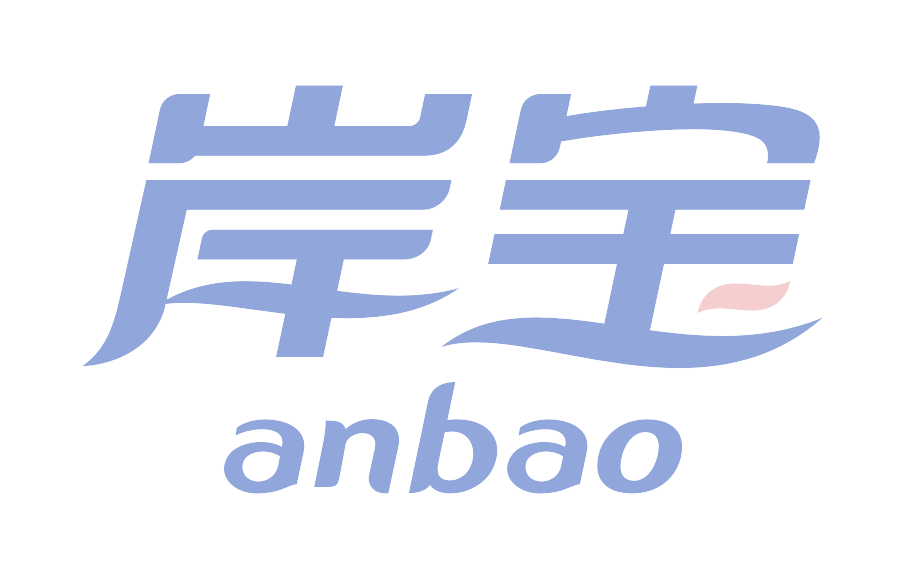
Paper cups are ubiquitous in daily life, serving as convenient vessels for beverages ranging from coffee and tea to cold smoothies and soda. Beyond their basic function of holding drinks, modern paper cups have evolved to address diverse needs—from heat retention for hot beverages to leak resistance for cold ones—while also facing growing scrutiny over environmental impact. Understanding their material composition, use-case adaptability, and sustainable alternatives is key to making informed choices.
A critical aspect of paper cups is their material design, which balances functionality and practicality. Most paper cups consist of a paper outer layer and a thin inner coating, typically made of polyethylene (PE) or, increasingly, plant-based materials. The PE coating acts as a barrier to prevent liquid from seeping through the paper, making the cup suitable for both hot and cold drinks. For example, cups used for takeaway coffee often have a thicker PE layer to withstand high temperatures (up to 100°C) without warping, while cups for cold drinks may include an additional insulating layer to keep beverages chilled and prevent condensation from making the outer paper soggy. Some innovative designs even use recycled paper for the outer layer, reducing reliance on virgin materials without compromising durability.
Paper cups excel at adapting to specific use scenarios, making them a staple in various settings. In cafes and coffee shops, disposable paper cups with lids are preferred for on-the-go customers, as they are lightweight and easy to carry. At outdoor events like concerts or sports games, large batches of paper cups are used because they are cost-effective and require minimal cleanup compared to reusable alternatives. In offices, smaller paper cups are often provided for water coolers or instant coffee, as they eliminate the need for washing and reduce the risk of cross-contamination. However, their suitability varies by scenario: for long-term use (such as daily office coffee), reusable cups are more practical, while paper cups shine in situations where convenience and low cleanup effort are priorities.
Despite their convenience, paper cups pose environmental challenges that cannot be ignored. The main issue is recyclability: the PE coating on traditional paper cups is difficult to separate from the paper, making most cups non-recyclable in standard recycling systems. As a result, billions of paper cups end up in landfills each year, where they can take decades to decompose. Additionally, the production of paper cups requires large amounts of water and trees, contributing to deforestation if virgin paper is used. These challenges have driven the development of more eco-friendly options, such as cups with compostable coatings (made from materials like PLA, or polylactic acid) that break down in industrial composting facilities.

There are practical ways to reduce the environmental impact of paper cups for both users and businesses. For individuals, carrying a reusable cup (made of stainless steel, glass, or BPA-free plastic) for daily beverages eliminates the need for disposable paper cups. Many cafes even offer discounts to customers who bring their own cups, incentivizing sustainable choices. For businesses, switching to compostable paper cups and providing compost bins for disposal can divert cups from landfills. Additionally, using cups made from recycled or FSC-certified paper (from responsibly managed forests) reduces the environmental footprint of production. Education also plays a role: informing customers about proper disposal methods (such as separating compostable cups from regular trash) ensures that eco-friendly designs deliver on their promise.
In summary, paper cups are versatile, convenient vessels that adapt to diverse daily needs, but their environmental impact requires thoughtful consideration. By understanding their material design, choosing the right cup for each scenario, and embracing sustainable practices like reusability and composting, we can enjoy the convenience of paper cups while minimizing harm to the planet. As consumer demand for eco-friendly products grows, the future of paper cups will likely see even more innovations that balance functionality and sustainability.


